Skin cancer due to unprotected sun exposure
Mr. THV (81 years old, Ho Chi Minh City) often does outdoor activities, plants trees, walks... but rarely covers himself or wears a hat. For the past 2 months, a rough, unhealed rash has appeared behind his right ear. His daughter noticed something unusual so she took him to the Head and Neck Unit, Tam Anh General Hospital, Ho Chi Minh City.

Doctors operate on a patient. (Photo provided by the hospital).
Doctor Le Thanh Tuan examined and found 3 abnormal spots behind the right ear, including 1 rough, hard spot about 1cm and 2 0.5cm spots below, suggesting skin cancer. After examination, the patient was diagnosed with basal cell carcinoma.
In just 30 minutes, the surgery was completed, Mr. V. was taken back to the inpatient room, monitored for his health and discharged within 4 hours, without the need for radiation or chemotherapy afterwards. Doctor Tuan shared that if left for too long, the damage could spread throughout the head and neck area, invading surrounding structures such as the ears, bones, parotid glands, etc.
For the past 3 months, the Head and Neck Unit, Tam Anh General Hospital, Ho Chi Minh City has received hundreds of patients with skin cancer. The patients are mainly over 60 years old due to unprotected sun exposure. Recently, doctors at the Head and Neck Unit also successfully treated Ms. MVH (82 years old, Ho Chi Minh City) who had skin cancer because she often went out in the sun but rarely wore a hat or covered herself properly. The skin cancer appeared on the right temple, cheek, and lip areas.
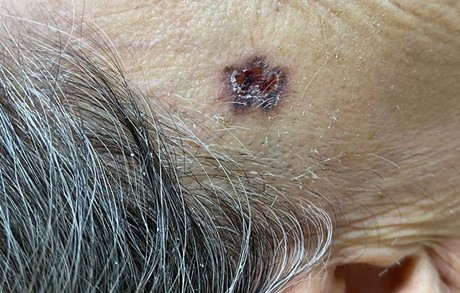
Ms. H. got skin cancer because she often went out in the sun but rarely wore a hat or covered herself properly. (Photo provided by the hospital).
The tumor in the temporal region is light brown, rough, itchy, bleeding, and about 1.5cm in diameter. The cancer is located in the facial area, so the surgeon needs to remove the tumor just wide enough and deep enough, avoiding touching the blood vessels, removing the lesion and reshaping the defect to ensure aesthetics.
Skin cancer is on the rise
The World Health Organization (WHO) estimates that each year there are 2-3 million cases of non-melanoma skin cancer (basal cell carcinoma and squamous cell carcinoma) and 132,000 cases of malignant melanoma.
Basal cell carcinoma – accounts for about 70 – 80% of skin cancers; squamous cell carcinoma is the second most common skin cancer, accounting for about 20%. These two types of cancer appear and develop on the scalp, face and neck.
Malignant melanoma is the most dangerous of the three types of skin cancer, deeply invasive, progressing rapidly, and metastasizing to other parts of the body. This type of cancer develops from moles, melanomas, age spots, etc.
According to WHO, as the atmosphere loses its filtering and protective function, more and more ultraviolet radiation from the sun reaches the earth's surface, skin cancer will increase even more. It is estimated that a 10% decrease in ozone levels will result in approximately 300,000 additional cases of non-melanoma skin cancer and 4,500 additional cases of melanoma skin cancer.
Fortunately, skin cancer is one of the few cancers that is highly curable. With basal cell carcinoma and squamous cell carcinoma, which grow slowly and rarely metastasize, treatment is primarily removal of the cancerous tissue, wide excision of adjacent tissue, and reconstruction. With malignant melanoma, if detected and diagnosed early, the relative 5-year survival rate is about 99% in stage 1. If not detected early, malignant melanoma spreads below the skin's surface and is more difficult to remove.
Skin cancer has many causes such as radiation exposure, chronic dermatitis, arsenic exposure, family factors, smoking, albinism, HPV infection... and especially frequent exposure to UV rays (ultraviolet rays) from sunlight, repeatedly over a long period of time. Early recognition of signs of skin cancer will help patients have a better chance of treatment.
With basal cell carcinoma, there are signs: small tumors, ulcers, light brown, pink or red spots... that may bleed after minor trauma. With squamous cell carcinoma, the patient's skin has red or light brown spots on the skin, has a rough surface, scales or crusts...
With melanoma, the symptoms are moles with unclear borders, strange colors, itching, redness, increasing size, asymmetry... Doctor Tuan advises everyone who has the above signs to see a specialist for appropriate treatment. In particular, children and grandchildren pay attention to their elderly parents and grandparents who are often reluctant to go to the doctor.
Le Trang
Source




![[Photo] Prime Minister Pham Minh Chinh holds meeting to launch exhibition of national achievements to celebrate 80th National Day](https://vphoto.vietnam.vn/thumb/1200x675/vietnam/resource/IMAGE/2025/6/23/0c0c37481bc64a9ab31b887dcff81e40)


![[Photo] Prime Minister Pham Minh Chinh chairs the national online conference on combating smuggling, production and trade of counterfeit goods.](https://vphoto.vietnam.vn/thumb/1200x675/vietnam/resource/IMAGE/2025/6/23/4a682a11bb5c47d5ba84d8c5037df029)


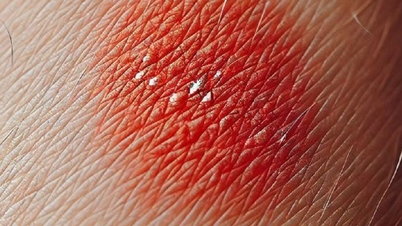

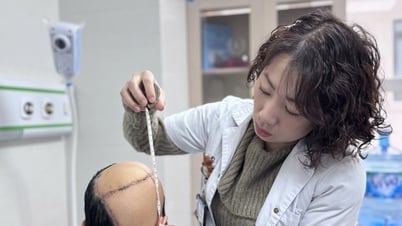




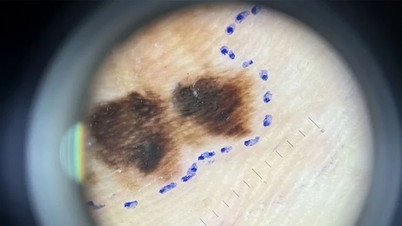
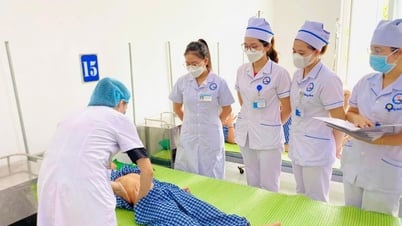














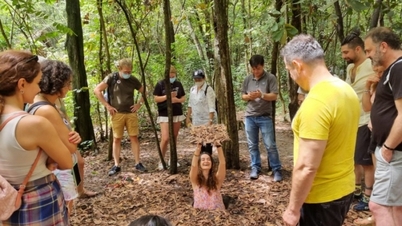

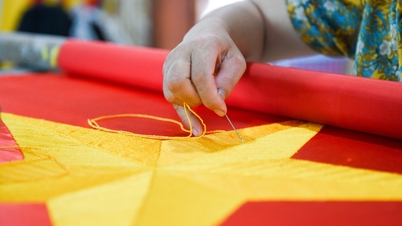

![[Photo] Party Congress of the Central Internal Affairs Commission for the 2025-2030 term](https://vphoto.vietnam.vn/thumb/1200x675/vietnam/resource/IMAGE/2025/6/23/5bf03821e6dd461d9ba2fd0c9a08037b)


































































Comment (0)